There are three kinds of extensions, that can add many kinds of functionality to your default CMS Made Simple install. They are called tags, user defined tags, and modules.
Tags are the simplest form of extensions. They are designed to accomplish just one small and specific task.
There are a number of custom tags available with CMS Made Simple. To find what kind of tags are available look in Extensions » Tags in the Admin Panel.
To insert any of these in a template or a page, simply type e.g. {content}. Many of these Smarty tags are used as placeholders in a template, i.e. placeholders for content, navigation, breadcrumbs etc.
Website developers who have a bit of PHP experience will find it easy to create and share their own custom tags.
Users can also create their own tags to insert in templates or pages., these are called user defined tags. They are snippets of php code (but without the <?php and ?> surrounding them), providing the ability to add re-usable pieces of php functionality to your site. User defined tags are inserted in templates and pages just like tags: {tagname}.
Typically, user defined tags provide a utility that is special to a website, and likely won't need to be re-used on another site. Also they are typically small and used for simple tasks.
Share your user defined tags and use those that others have created(external link).
Modules are the highest level of plugin in the CMS Made Simple environment. They are designed to allow developers to implement complex tasks within CMSMS. A module typically provides advanced functionality, usually interacts with the database in complex ways, and may provide numerous reports or forms on the website. Additionally, a module may have an administrative interface to allow manipulating its data and its settings.
An extremely well defined API (Application Programming Interface) has been written to allow module developers to write complex, intricate, and fully functioning applications for use within a CMSMS powered website.
There are a few modules included with the default installation of CMS Made Simple. Other popular modules are Frontend Users, Album, Calendar, Guestbook and Form Builder.
The ModuleManager module (included with CMS Made Simple) allows browsing a list of available modules, reading about them, and then installing them on your website.
To insert modules in a template or a page, you actually use the module name as a parameter to the {cms_module} tag. It looks like this: {cms_module module='modulename' parameter1='this' parameter2=5 parameter3='that'}. It is normal for modules to accept parameters to effect changes to their default behavior, though it is not always required.
You can read more about extensions in the CMSMS documentation(external link).
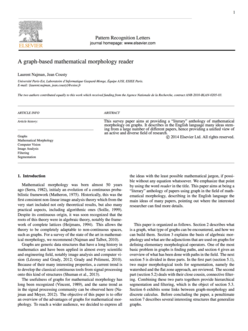 On the 4th of December 2016, Hugues Talbot and myself gave a tutorial on graph-based morphology at ICPR. This tutorial follows the outline of the PRL survey paper on Graph-Based Morphology. Slides of the talk and videos are available on a dedicated page.
On the 4th of December 2016, Hugues Talbot and myself gave a tutorial on graph-based morphology at ICPR. This tutorial follows the outline of the PRL survey paper on Graph-Based Morphology. Slides of the talk and videos are available on a dedicated page. 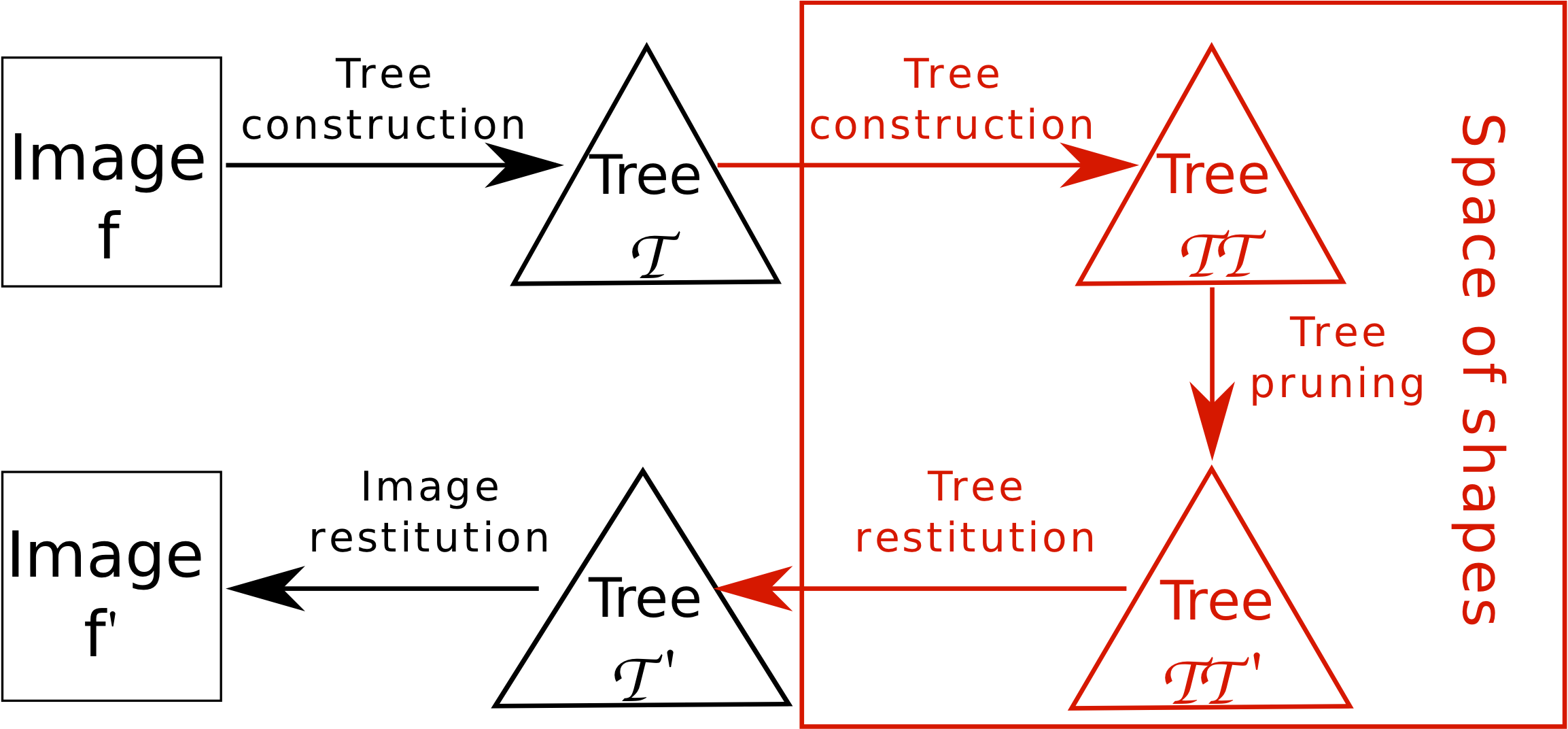 A second PAMI paper on the shape-based morphological filtering framework, has been accepted. This one is dedicated to the hierchical segmentation. Of course, the first PAMI on the topic is still available.
A second PAMI paper on the shape-based morphological filtering framework, has been accepted. This one is dedicated to the hierchical segmentation. Of course, the first PAMI on the topic is still available. My p aper on ultrametric watersheds is amongst the selected 5 top-cited articles from the Journal of Mathematical Imaging and Vision available free until the end of September.
aper on ultrametric watersheds is amongst the selected 5 top-cited articles from the Journal of Mathematical Imaging and Vision available free until the end of September.
More information in the Springer NewsLetter
The paper is avalable here. This HAL version will be forever freely available.
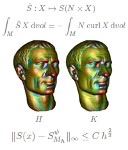 ith Pascal Romon , we are organizing a colloquium on Discrete Curvature. The aim of this meeting is to bring together researchers from diverse backgrounds (including mathematics and computer science) on the common theme of discrete curvature and to make an update on the many achievements of the last decade. We want to promote interaction between various fields, so topics and participants can and should be varied, as long as they fit under the under the main theme. Prestigious speakers are already programmed.
ith Pascal Romon , we are organizing a colloquium on Discrete Curvature. The aim of this meeting is to bring together researchers from diverse backgrounds (including mathematics and computer science) on the common theme of discrete curvature and to make an update on the many achievements of the last decade. We want to promote interaction between various fields, so topics and participants can and should be varied, as long as they fit under the under the main theme. Prestigious speakers are already programmed.
 Another prize for Camille Couprie! She has just been awarded an accessit for the prestigious Gilles Khan prize.
Another prize for Camille Couprie! She has just been awarded an accessit for the prestigious Gilles Khan prize.
Congratulations, Camille!
 Prix EADS de la meilleure thèse interdisciplinaire : Camille COUPRIE pour ses travaux sur l' « Optimisation variationnelle discrète et applications en vision par ordinateur », ED 532 - MSTIC.
Prix EADS de la meilleure thèse interdisciplinaire : Camille COUPRIE pour ses travaux sur l' « Optimisation variationnelle discrète et applications en vision par ordinateur », ED 532 - MSTIC. 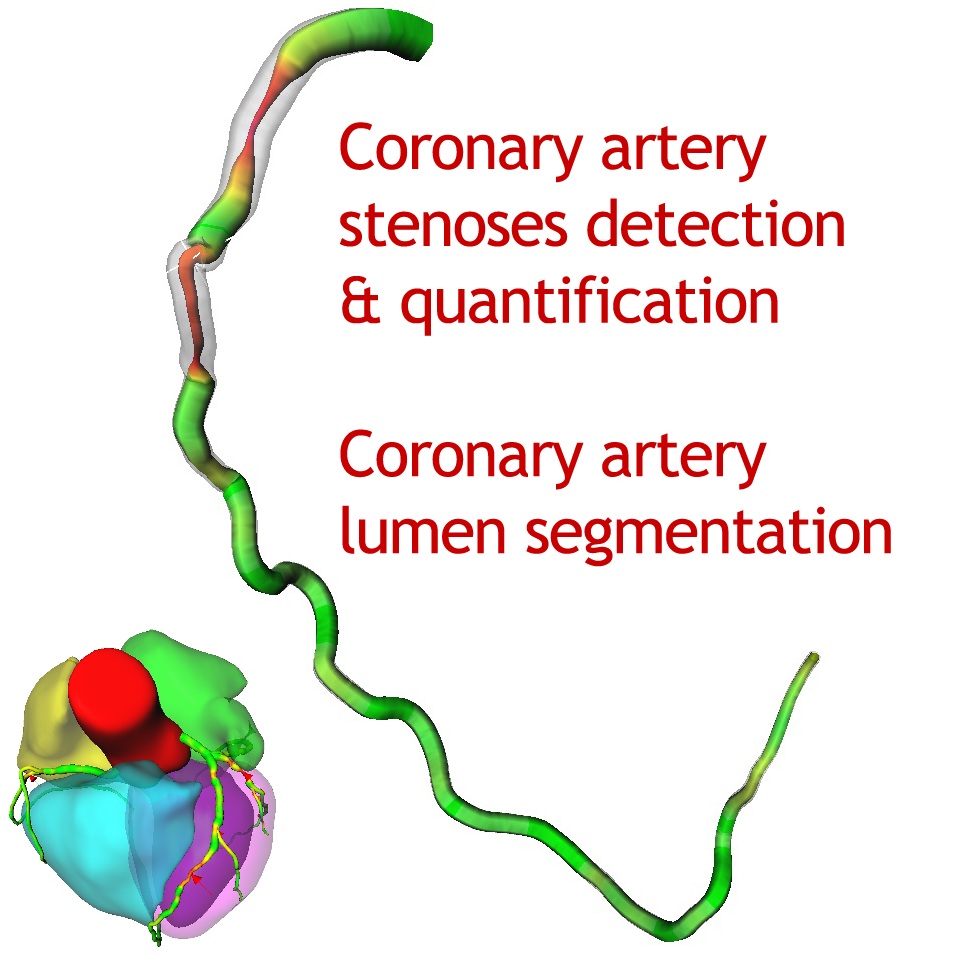 The challenge was held on October 1st, 2012 in Nice Sophia Antipolis, Côte d'Azur, France, at the workshop 3D Cardiovascular Imaging: a MICCAI segmentation challenge at the 15th International Conference on Medical Image Computing and Computer Assisted Intervention (MICCAI),
The challenge was held on October 1st, 2012 in Nice Sophia Antipolis, Côte d'Azur, France, at the workshop 3D Cardiovascular Imaging: a MICCAI segmentation challenge at the 15th International Conference on Medical Image Computing and Computer Assisted Intervention (MICCAI), 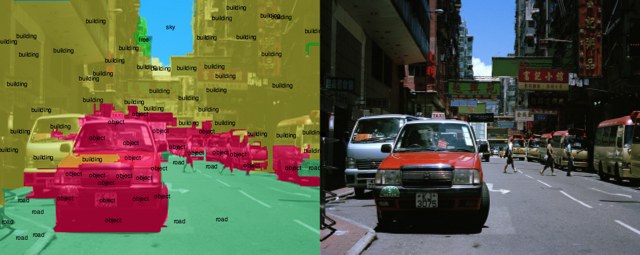 The preprint of our upcoming IEEE Trans. PAMI on scene labeling is available. We use a multi-scale convolutional network trained in supervised mode on fully-labeled images in which each pixel is labeled by the category of the object it belongs to. A simple superpixel-based post-processing smoothes out the output labels and lines up the segment boundaries with image contours.
The preprint of our upcoming IEEE Trans. PAMI on scene labeling is available. We use a multi-scale convolutional network trained in supervised mode on fully-labeled images in which each pixel is labeled by the category of the object it belongs to. A simple superpixel-based post-processing smoothes out the output labels and lines up the segment boundaries with image contours.